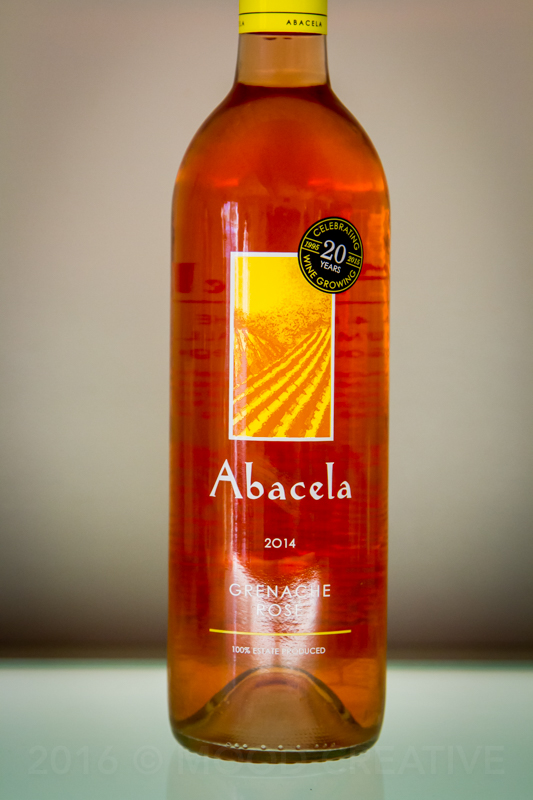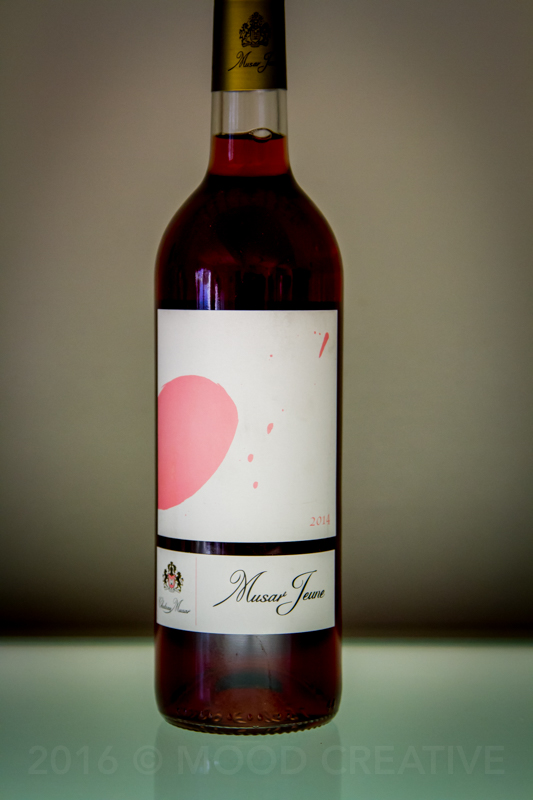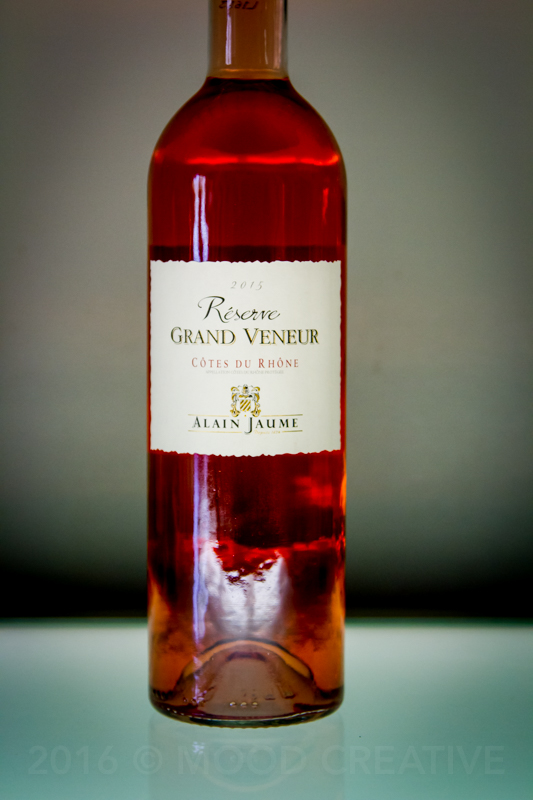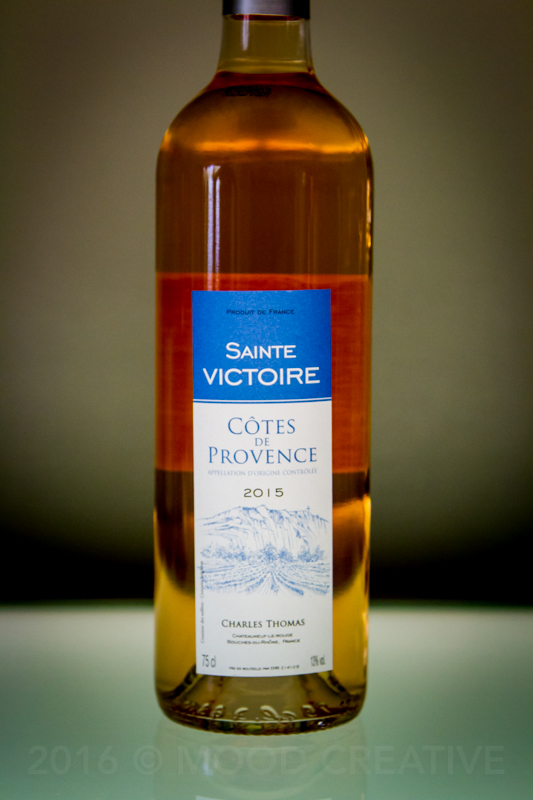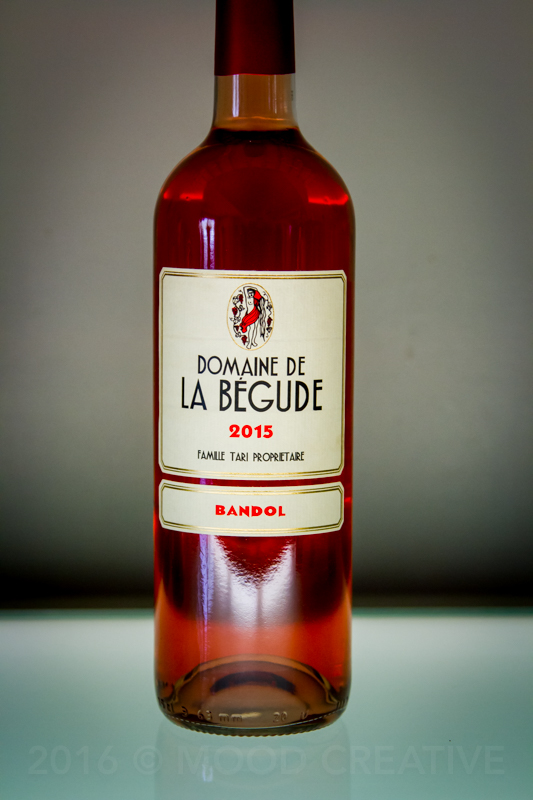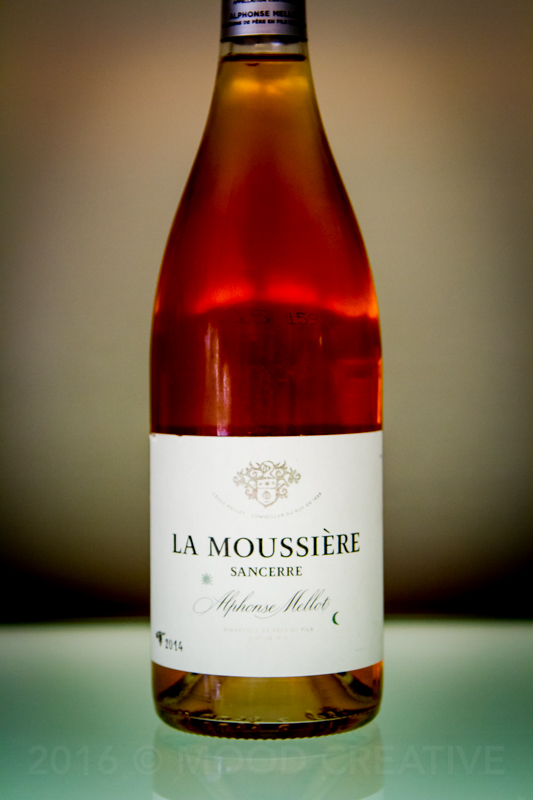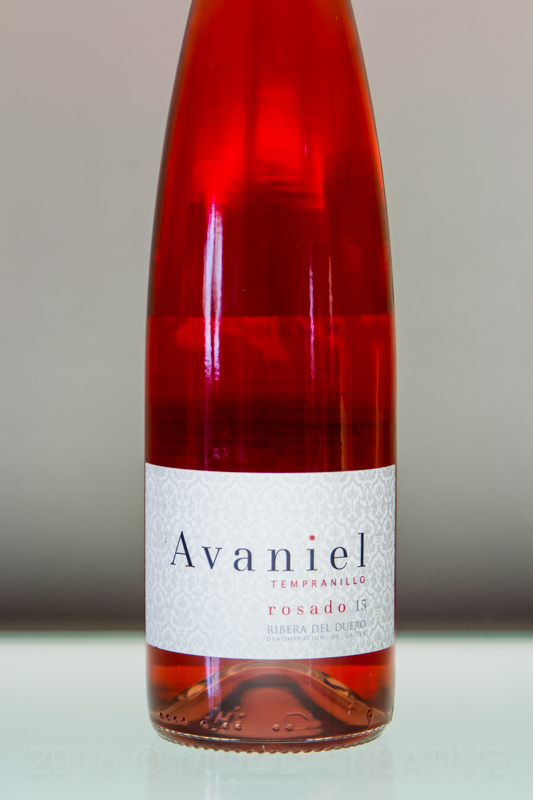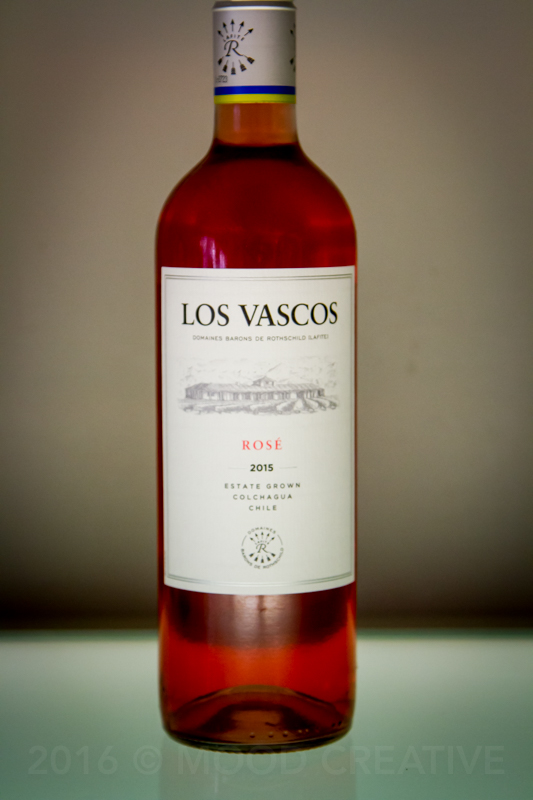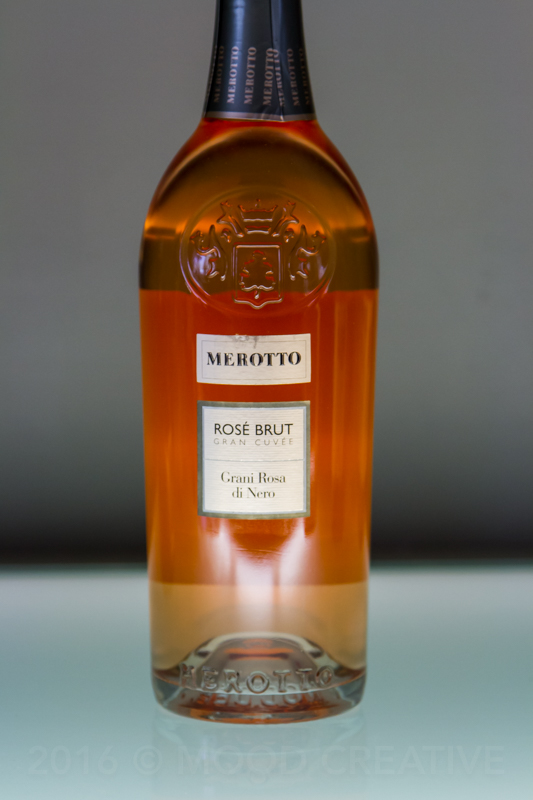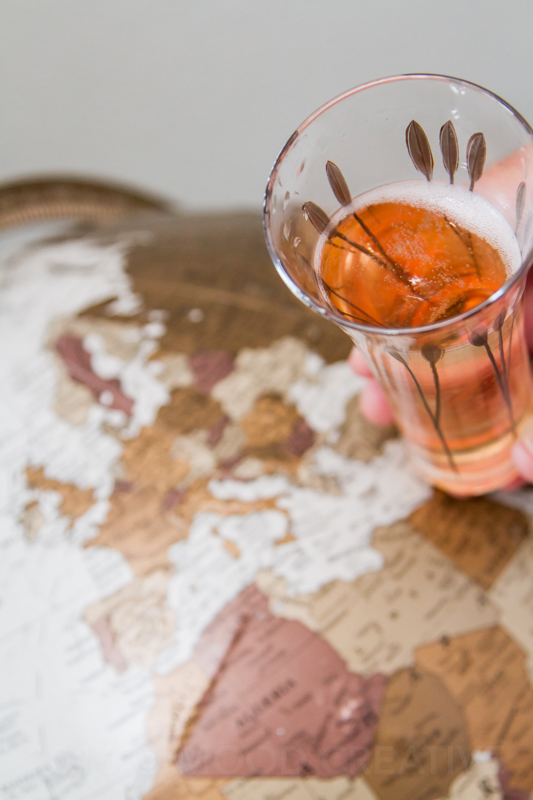JUNE 2016 ROSÉ TASTING
We just finished tasting dry rosé wines from all over the globe! What fun. This article details which ones we tasted and what we noticed about them.
For more about rosé wine and how it's made, click here.
Rosé wines from around the world!
First we'll take you through the wines. Then, if you're interested in seeking help finding them, or finding something similar, contact us.
